Mission Statement of Dave Buyak - Founder of the Buyak Herpetological Preservation Society (BHPS)
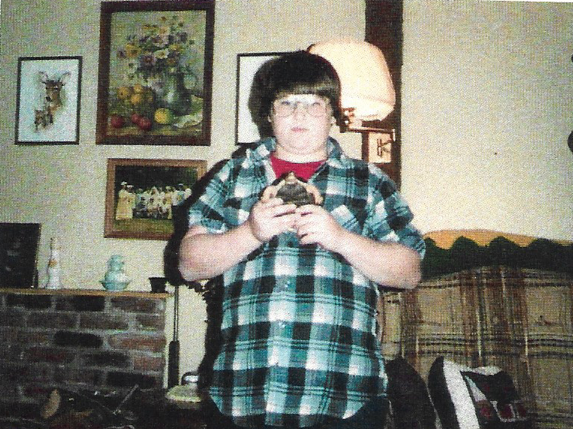
In 1986 a young boy, David, spent much of his time looking for Eastern Box Turtles. A turtle he had never seen before in the wild though his Grandfather told him they were once very common. After years of searching, he finally acquired an Eastern Box Turtle from a classmate who had received it from a neighbor who kept it as a pet. After realizing how uncommon these native species have become, this young boy decided he wanted to breed this species of turtles and release them into the wild.
In 2002, this same boy was now 27 years old and had decided these turtles had been just pets for far too long. Much research needed to be done to make this old idea into reality. Countless hours were spent searching for information to figure out what he had overlooked to achieve successful reproduction.
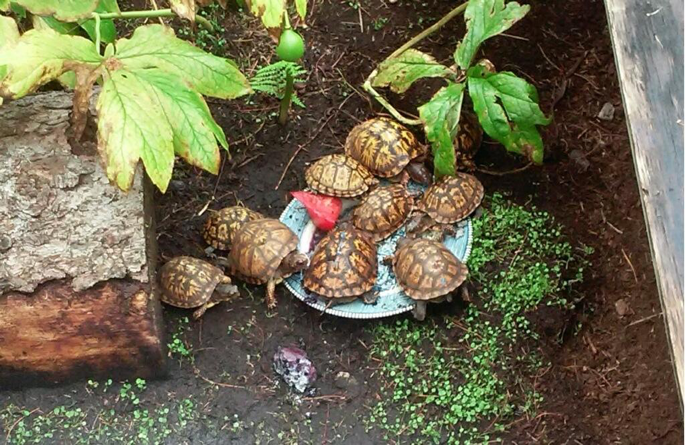
In 2004, results were finally achieved with captive offspring being produced (from a breeder’s consortium formed from private owners of turtles kept prior to 1995). Of known origins of regionally local genetics, from populations around 700ft in elevation. We have continued to produce captive hatched offspring every year since.
Knowledge and information have been achieved through countless hours of field study. Leaps and bounds above what knowledge is currently available from books and internet information. Causes of decline and lack of successful wild reproduction have been determined, which had otherwise been overlooked by our wildlife researchers and authority.
Currently, David has reached a point to see this goal manifest to completion and setting new goals by starting a foundation and/or a non-profit organization whose character will include:
• Producing 100 captive-born female Eastern Box Turtles
• To raise these females to maturity to be bred
• To produce offspring that will be released into the wild at a head-started age
• To ensure a successful base for sustainable wild populations
• Cooperative land use for safe habitat for release
• To restore food chain balance by beneficial plantings and re-population of pray food items
• Enhance habitats for breeding and nesting
• Pre-release disease screening
• Cooperative work with New England and surrounding area wildlife programs to help with the preservation and breeding of regionally local herpetological genetics
• Bat colony management, production, and study focusing on fungal treatment methods and practices
• Snake colony management production and study as it relates to rodent and tick control to manage the spread of tick and rodent-carried pathogens and to regain agricultural benefits from these animals
• Agroforestry habitat and methods with a focus on red mulberry trees (around 500 have been planted so far)
• Invasive plant management
Most of all we need financial resources as this has become a full-time job.
State and federal agencies spend millions on projects to preserve habitats in high publicity populations. An effort that is futile if there is not a high enough population density and fertility of the population to be sustainable as well as expandable to save these turtles.
These captive-bred turtles are kept outdoors year-round and maintain natural hibernation and breeding cycles. They also possess all the necessary survival and feeding skills as a result of live feeding of prey and advanced husbandry techniques. They are kept in an organized “quarantine-like” environment, kept separate from non-native species.
By donating to the BHPS cause you are helping to produce life = live turtles and wildlife, not speculation of population recovery!
In addition to funds we also need:
• Cooperative land use for safe habitat for release
• Volunteers to help enhance these lands to create more favorable conditions for these turtles to thrive
• Legal assistance to obtain permits to expand the focus to other turtle species such as the Wood and Bog turtles which are illegal to possess without a permit, making captive breeding impossible
• Legal assistance is also needed to obtain secured land use
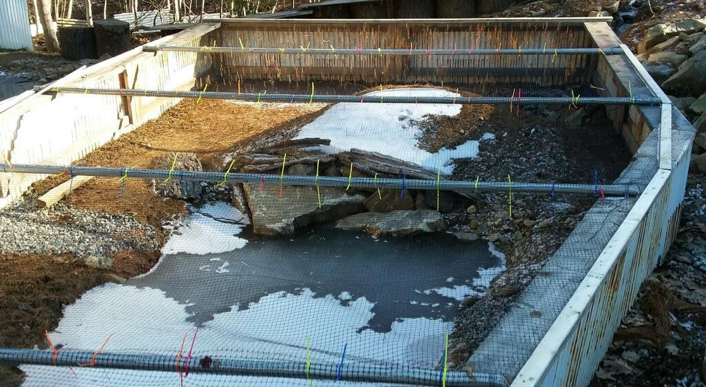
Presently the goal number of 100 female box turtles has nearly been achieved, with over 80 produced, the need for funding is imperative. Presently all construction and turtle production work has been solely funded and executed by the founder of BHPS. The number of turtles successfully produced is making care and maintenance a full-time job. There is not enough time to be able to work and self-fund this project and do the care and maintenance and construction work needed. This is a long-term project, continual funding will be needed, as it takes 12-15 years for box turtles to reach sexual maturity.
The first batch of captive breed turtles are ready for reproduction. This is an extremely long-term project. We are asking for help to finance this project to continue the work that needs to be done to save the Eastern Box Turtles and other threatened species.
Eventually branching out and saving other turtles such as; the North American Wood Turtle, which are far more threatened than the Eastern Box Turtle, the federally endangered Bog Turtle and the less endangered Spotted Turtle, before they become more threatened. The Spotted Turtles prove to be easily bred in semi-captive conditions. In outdoor hibernation, pond pen enclosures that can be constructed economically.
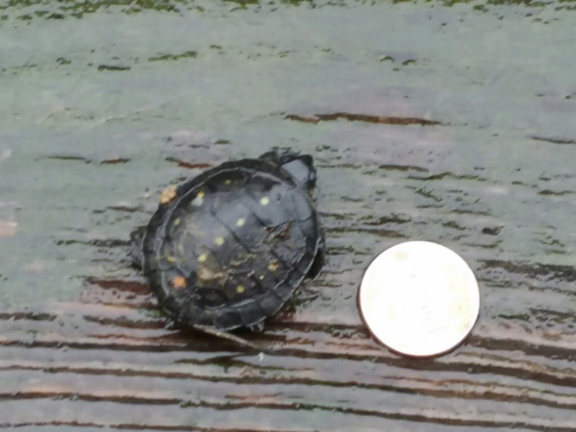
Bog Turtles could be bred right now with a federal permit and fertile specimens provided. Spotted Turtles have already been produced, being naturally hatched in hibernation pond pens for more than six years consistently. Numbers could be greatly increased by controlled incubation for sex determination.
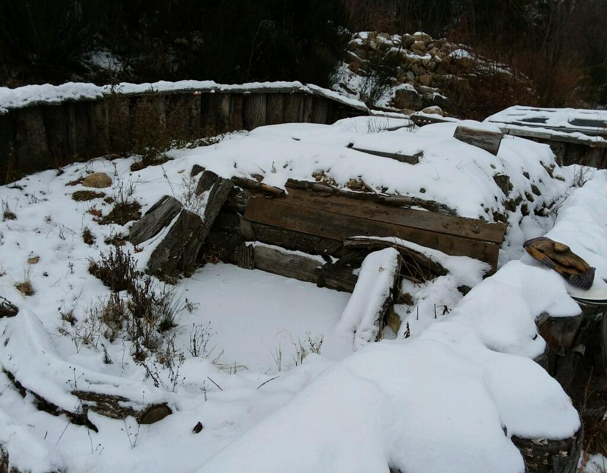
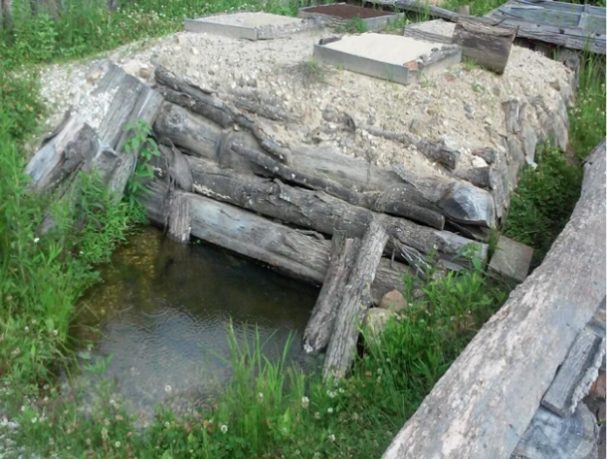
The federally endangered Bog Turtle is the closest relative to the Spotted Turtle. Both species breed and feed in the same habitat. Both species are known to hibernate together. Natural hybrids have been found of these species.There is no excuse why the Bog Turtle is still endangered when their captive breeding requirements are relatively easy to create. The large sums of money that have been spent on litigation over high publicity, populations and habitats could have been funding nest bed enhancement programs as well as captive breeding programs. Live Turtle production rather than just speculation of population recovery, by only preserving these habitats.
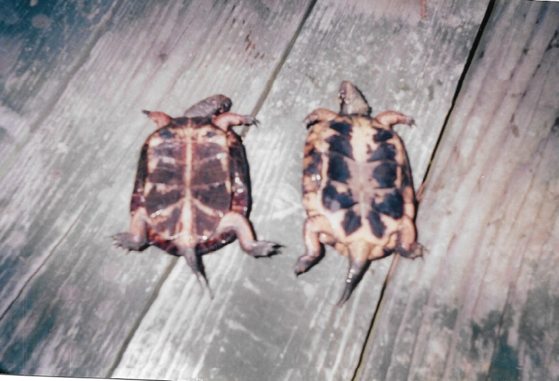
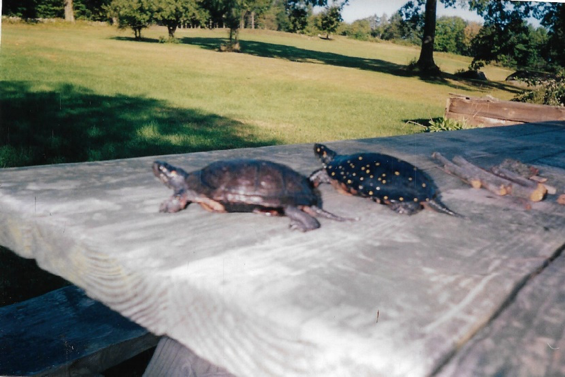
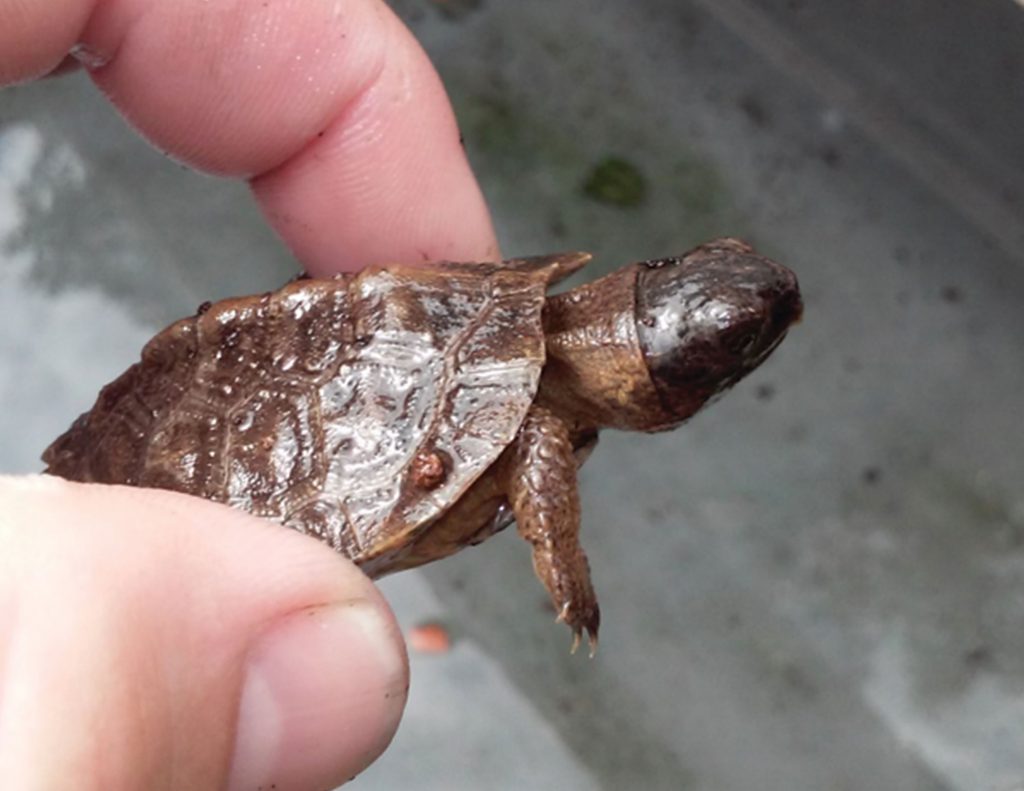
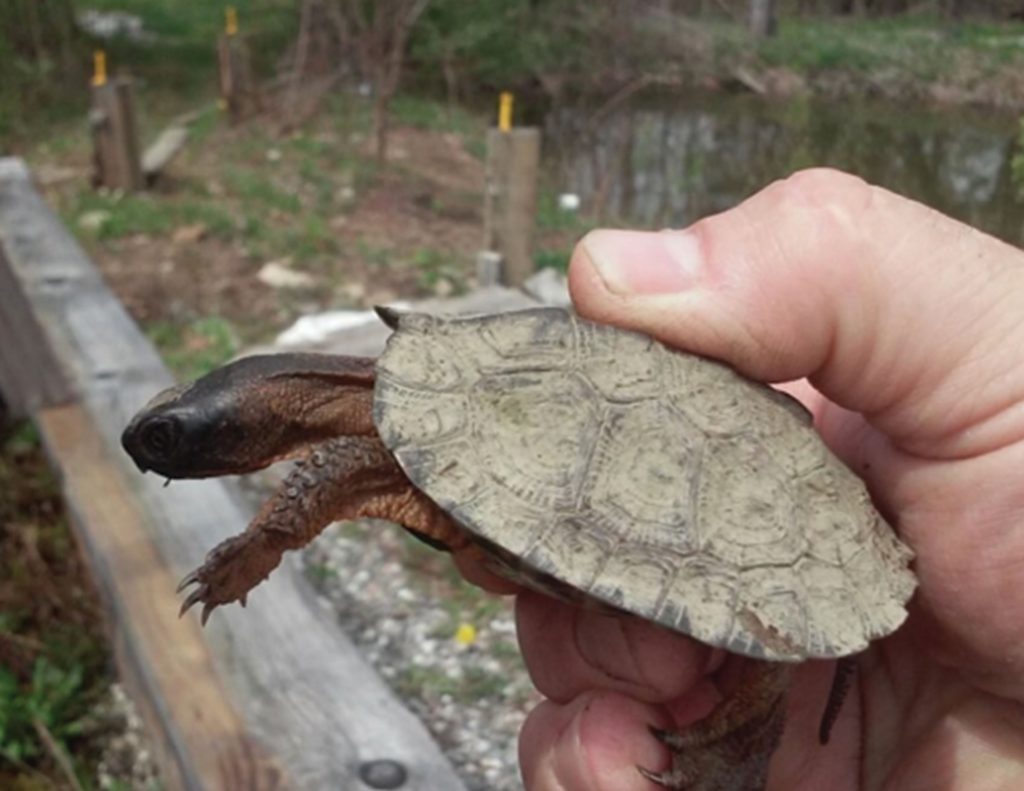
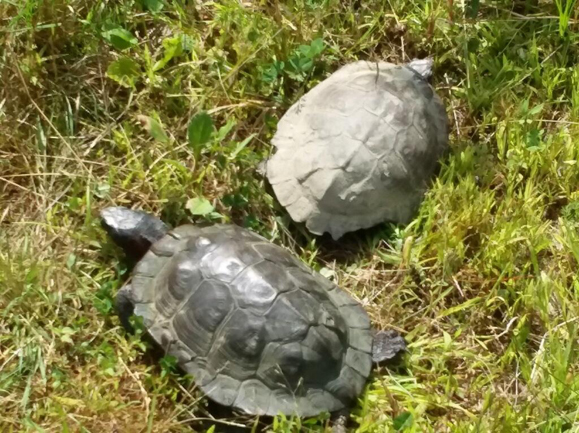
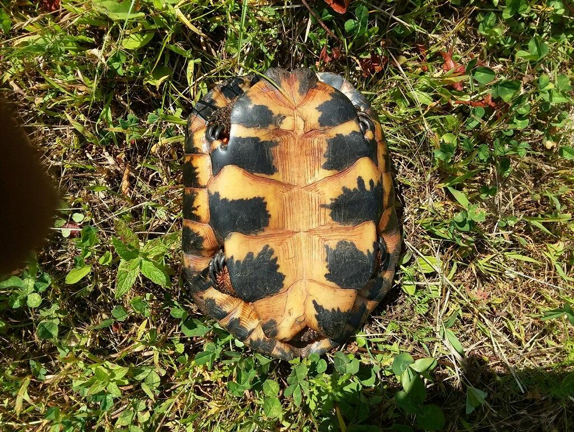
BHPS would also like to help with arbitration of construction projects where rare wildlife is affected. Offering cost-efficient solutions through habitat enhancement. Rather than stopping a construction job through such methods as building hibernacula, digging vernal pools, small ponds and beneficial plantings.
Possession of wood turtles is currently prohibited in Connecticut and throughout New England. The state of Connecticut is unwilling to recognize and license individuals, which is currently the only thing stopping BHPS from the captive reproduction. By BHPS forming the non-profit will make an entity of the founder and increase the possibility of being licensed by the DEEP. Something needs to be done NOW to save these turtles!
Current methods of simple habitat preservation haven’t produced adequate results for decades, public education shows limited success as well. In the age of cell phones, road-related fatalities of turtles have greatly increased.
BHPS is expanding to preserving other species of turtles and New England wildlife such as;
• Wood Turtle
• Bog Turtle
• Spotted Turtle
• Any other threatened native turtle species
• Frogs
• Toads
• Salamanders
• Native beneficial insects survey and management, with attention to pollinating varieties such as different bee varieties including the rusty striped bee
• Cultivation and preservation of rare endangered plants
